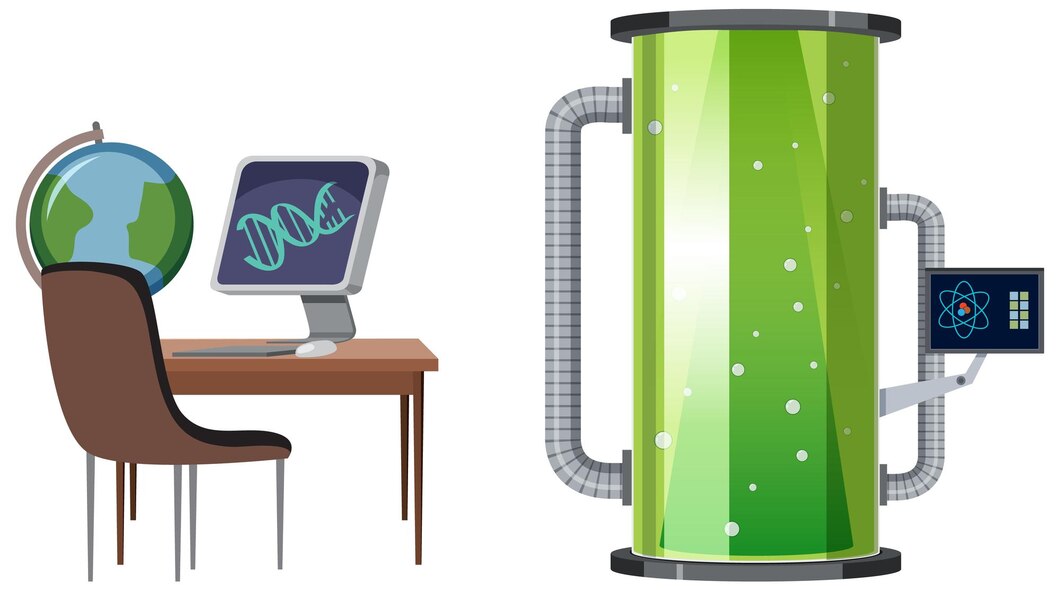When working with modern automatic transmissions, precision and accuracy are key to ensuring optimal performance. The ZF 6HP19 and ZF 6HP21 automatic transmissions, widely used in various premium vehicles, are excellent examples of sophisticated engineering. To maintain and repair these units, understanding their Generation 2 solenoid diagrams is essential. This article delves into the details of the ZF 6HP19 and ZF 6HP21 Generation 2 solenoid diagram PDF, covering its significance, components, and applications.
Overview of ZF 6HP19 and ZF 6HP21 Transmissions
The ZF 6HP series represents a family of high-performance, six-speed automatic transmissions developed by ZF Friedrichshafen AG. These gearboxes are known for their smooth shifting, durability, and adaptability to a variety of vehicles, including BMW, Audi, Jaguar, and Land Rover models. Among the series, the 6HP19 and 6HP21 are particularly notable for their efficiency and advanced electronic controls.
Key Features:
- Six-Speed Automatic: Both transmissions provide six forward gears and one reverse gear.
- Adaptive Control: The electronic control unit (ECU) adapts to driving habits, optimizing performance.
- High Torque Capacity: The 6HP19 is suited for vehicles with moderate torque requirements, while the 6HP21 can handle higher torque outputs.
- Generation 2 Solenoids: The second generation of solenoids offers improved reliability and functionality.
What is a Solenoid in an Automatic Transmission?
A solenoid is an electro-hydraulic valve responsible for controlling the flow of transmission fluid. By directing fluid to specific hydraulic circuits, solenoids enable smooth gear shifts. In the ZF 6HP19 and ZF 6HP21, the Generation 2 solenoids are critical components that ensure seamless operation and reliability.
Types of Solenoids:
- Shift Solenoids: Control the engagement and disengagement of gear ratios.
- Pressure Control Solenoids: Regulate hydraulic pressure for smooth shifting.
- Torque Converter Clutch (TCC) Solenoids: Manage the lock-up of the torque converter for improved efficiency.
Importance of the Solenoid Diagram
The ZF 6HP19 and ZF 6HP21 Generation 2 solenoid diagram PDF provides a detailed schematic of the solenoids’ placement and functions within the transmission. This diagram is an indispensable tool for mechanics, technicians, and DIY enthusiasts who need to:
- Diagnose Issues: Identify faulty solenoids causing transmission problems.
- Perform Repairs: Pinpoint solenoid locations for replacement or servicing.
- Understand Circuitry: Gain insights into the hydraulic and electrical connections.
Components in the Solenoid Diagram
The solenoid diagram typically includes:
- Solenoid Identification: Each solenoid is labeled (e.g., S1, S2, etc.), indicating its specific function.
- Hydraulic Circuits: Pathways showing fluid flow controlled by the solenoids.
- Electrical Connections: Wiring paths connecting solenoids to the ECU.
- Valve Body Layout: The physical arrangement of solenoids within the transmission valve body.
Accessing the ZF 6HP19 and ZF 6HP21 Generation 2 Solenoid Diagram PDF
Obtaining the solenoid diagram in PDF format ensures you have a portable and detailed reference for troubleshooting and repairs. To access this document:
- Manufacturer Resources: ZF Friedrichshafen AG provides technical manuals and diagrams.
- Online Repair Platforms: Websites like AllData and Identifix offer downloadable PDFs.
- Automotive Forums: Enthusiast communities often share technical documents and repair guides.
- Specialized Workshops: Professional repair shops may provide access to these resources.
Troubleshooting Common Solenoid Issues
Understanding the solenoid diagram aids in diagnosing and resolving common problems, such as:
- Erratic Shifting: Often caused by a malfunctioning shift solenoid.
- Transmission Overheating: May result from clogged hydraulic circuits or faulty pressure control solenoids.
- Torque Converter Lock-Up Issues: A failing TCC solenoid can cause shuddering or slipping.
Steps to Troubleshoot:
- Scan for Error Codes: Use an OBD-II scanner to detect transmission-related error codes.
- Inspect Wiring: Check for damaged or disconnected wires in the solenoid circuitry.
- Test Solenoids: Use a multimeter to measure resistance and continuity.
- Refer to the Diagram: Identify and locate the problematic solenoid using the solenoid diagram.
Maintenance Tips
To prolong the lifespan of your ZF 6HP19 or ZF 6HP21 transmission:
- Regular Fluid Changes: Use ZF-approved transmission fluid and replace it as per the manufacturer’s recommendations.
- Monitor Performance: Address shifting irregularities promptly to prevent further damage.
- Professional Inspections: Periodically have your transmission inspected by certified technicians.
Conclusion
The ZF 6HP19 and ZF 6HP21 Generation 2 solenoid diagram PDF is an essential resource for anyone working with these advanced transmissions. By understanding the layout and functionality of the solenoids, you can effectively diagnose and repair issues, ensuring your transmission operates smoothly and efficiently. Whether you are a professional mechanic or a dedicated DIY enthusiast, having access to this information empowers you to maintain these remarkable gearboxes with confidence.










